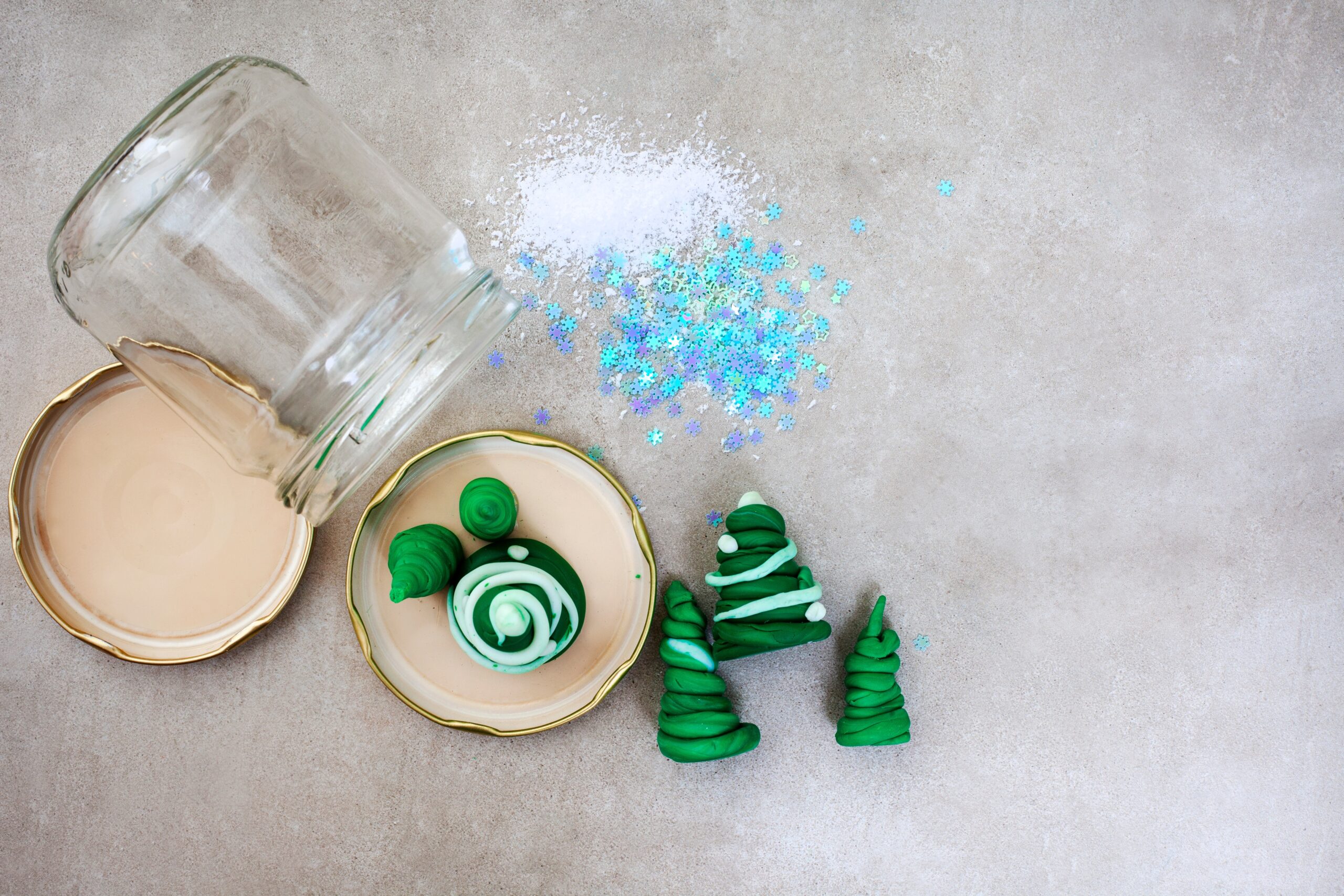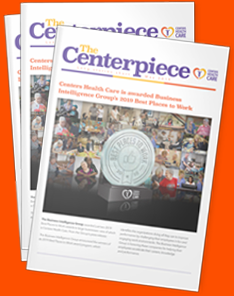Like many of the Bushwick Center for Rehabilitation and Nursing patients and their families, you’ve probably heard some conflicting information over the years regarding how to properly treat an open wound. You may know that there are hydrating solutions on the market, and that they are meant to keep covered wounds moist. However, you may also feel certain you’ve always been told that a wound needs to be given the opportunity to “breathe” and dry. Although this information may seem impossibly contradictory, each of the two approaches is correct given different circumstances. Because wound care is so important to elderly patients, it’s best if we understand what approach should be used and when.
Immediately after a wound has occurred, we want to avoid wiping at it. The main reason is because older skin and tissue tear more easily, due to the fact that they lose a certain amount of strength and elasticity as we age. However, wiping the wound can also have the added negative effect of absorbing away too much of the bodily moisture that may otherwise promote healing and new cell growth. Once we’ve cleaned the wound, we do often want to keep it covered to help avoid infection do to exposure to dirt and germs, but the wound dressing itself can sometimes absorb too much moisture away from the wound. In such cases, we have the option of using hydrating formulas to provide artificial moisture to make up form the natural moisture that is being lost.
Hydrating formulas are not necessary, and often not good, for every wound that needs dressing, though. Depending on the location and the type of wound, the body may already be providing an excessive amount of fluid to the wound area. In these cases, we want to try to gently dab away and then absorb any excessive fluid present near the wound. A certain amount of moisture does aid in the skin’s healing process, but too much can be messy and may even impede our patient’s recovery.






